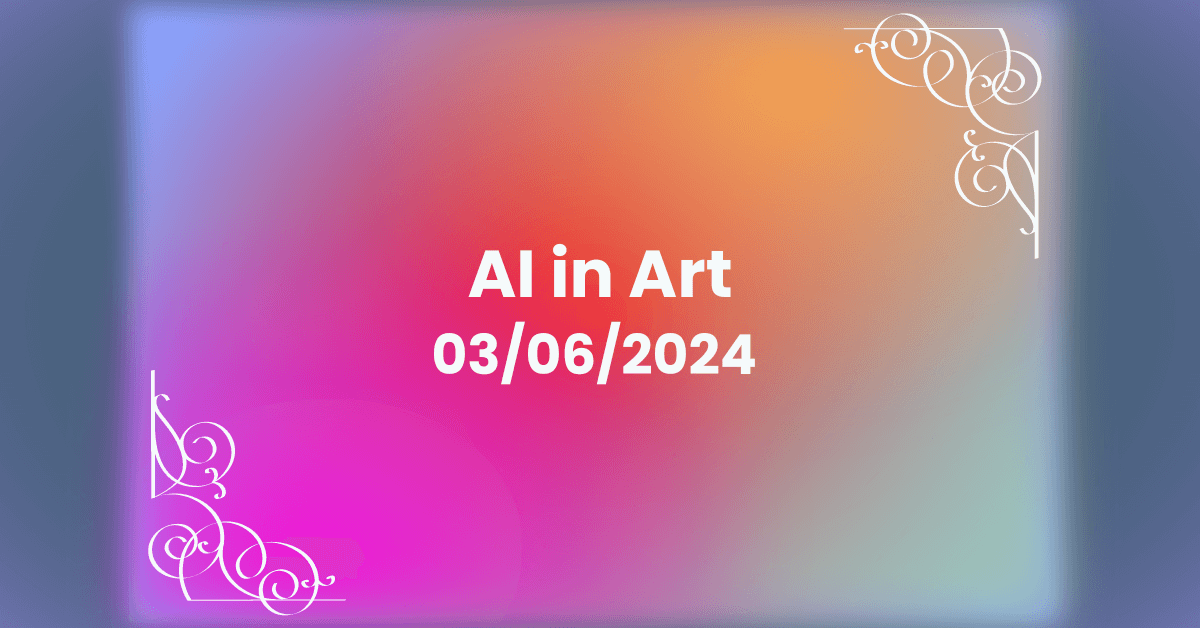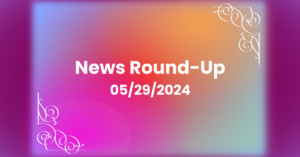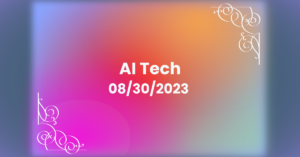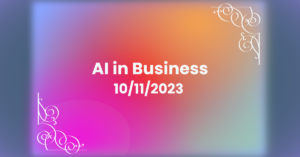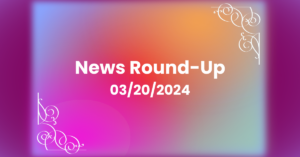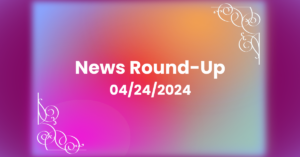Navigating the Ethical Landscape of AI in Art
As AI increasingly permeates the realm of art creation and the collective consciousness, I’m deeming scrutiny as essential to examine and compartmentalize the tidal wave of ongoing advancements. Not only should we all be talking about AI and Art, but now more than ever, the artistic community at large would greatly benefit from pragmatic voices amongst the spectrum of extremes. One new problem we’re seeing in attaining such voices is a lack of knowledge and the keen eyes necessary to identify AI vs traditional art– a problem that one artist, Peter Chiykowski, is trying to solve.
Central to a growing portion of ongoing AI discourse is deepfake technology, which itself presents a particularly pressing concern within the realm of AI art, as AI enables the manipulation of audiovisual content to create convincing (yet entirely fabricated) representations of individuals. Though now primarily garnering attention in the context of politics and misinformation, deepfakes nevertheless pose significant risks to artists and their works. To address these concerns, robust safeguards must be implemented to protect artists from exploitation and ensure that their identities and intellectual property rights are secured. This is something that Tennessee lawmakers are taking seriously with the ELVIS Act.
Ownership rights also emerge as a significant ethical concern in the context of AI art. Unlike traditional artworks, where authorship and ownership are relatively straightforward, AI-generated artworks blur the lines of attribution and ownership. The collaborative nature of AI art, involving human programmers, artists, and algorithms, complicates the traditional notions of authorship, raising questions about who holds the rights to AI-generated creations. Furthermore, as AI systems become more sophisticated, there is a risk that AI-generated artworks could be exploited or appropriated without proper recognition or compensation for the human contributors involved in their creation.
On a base level, the ethical use of AI in art extends beyond bias, ownership, and social manipulation to encompass broader questions about the impact of AI on artistic practice and the creative process. Ethical use entails transparency in how AI is employed in the creation of artworks, ensuring that audiences understand the role of algorithms and human input in shaping the final pieces. Moreover, ethical considerations dictate the responsible deployment of AI art tools, combatting the exploitation of vulnerable communities and the manipulation of artistic intent for commercial gain. Artists and developers must prioritize the ethical use of AI in art, aligning their practices with principles of fairness, accountability, and respect for human dignity over profit. By upholding ethical standards in the integration of AI into artistic processes, we can foster creativity, innovation, and cultural exchange while preventing further harm.
Despite these ethical challenges, there is also an opportunity for AI art to catalyze positive change. Promoting awareness and education about the risks of AI within the artistic community can further empower artists and provide help to better navigate the shifting pathways of AI art with resilience and confidence. Through thoughtful contemplation of ethical principles and practices, we might navigate the complex terrain of AI art with integrity and accountability, ensuring it enriches human expression, without replacing it.
By embracing the pragmatic midpoint to the AI extremes as integral to the development and deployment of AI art, we might just wield the transformative power to create a more equitable and vibrant artistic future.

